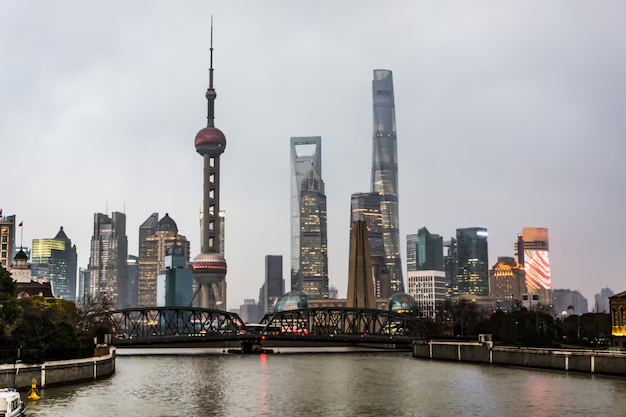Destination Canada is building on the success of its pilot Tourism Corridor Strategy Program by launching four new tourism corridors in 2024, designed to enhance the nation’s tourism infrastructure. This initiative forms a crucial part of Destination Canada’s bold 2030 Tourism Strategy, which aims to elevate Canada back into the top 7 global tourism destinations. By fostering cross-border collaboration between provincial and territorial tourism organizations, the program will create iconic travel experiences for visitors while boosting local economies across the country.
The New 2024 Tourism Corridors:
1. Cycle Ontario and Quebec (Ontario, Quebec)
This corridor links existing bike routes in Ottawa, Cornwall, and Montreal while developing new paths in partnership with local communities. Cycle Ontario and Quebec will emphasize connecting local businesses, artisans, and Indigenous groups to ensure the benefits of tourism are widely shared. Year-round, bike-friendly routes will provide accessible opportunities for physical activity, mental wellness, and reduced environmental impact.
Cycling tourism continues to thrive in Canada, especially in Quebec, where Velo Quebec data reveals:
$700 million annually in tourist spending
7,000+ jobs linked to cycling tourism
1.6 million nights spent by tourists who cycle
700,000 tourists engaging in cycling activities during their stay
2. Field to Fork: Saskatchewan-Manitoba Agritourism (Saskatchewan, Manitoba)
Located in one of the world’s largest agricultural regions, Saskatchewan and Manitoba are positioned to become global leaders in agritourism. This corridor, the first with a culinary focus, is supported by the Culinary Tourism Alliance and features major cities like Winnipeg, Brandon, Saskatoon, and Regina.
Visitors will enjoy farm-to-table experiences, Indigenous agritourism, and educational workshops that connect them to Canada’s agricultural heritage. Field to Fork also offers a unique opportunity for business travelers attending conventions to explore industrial processes and their societal and environmental impacts. According to Destination Canada’s research, tasting local food and drink is the most desired travel activity among global travelers.
3. Northern Sky Corridor (Alberta, Northwest Territories)
Connecting Edmonton, Alberta to the Northwest Territories, the Northern Sky Corridor celebrates the rich cultural heritage and natural beauty of Canada’s north. As demand for Indigenous and northern experiences outpaces supply, this corridor aims to address gaps by developing new itineraries, forming transportation partnerships, and identifying infrastructure needs.
Destination Canada’s Global Traveller Research shows that 67.7% of international visitors to Canada are highly interested in experiencing Indigenous cultural tourism.
4. Juan de Fuca Corridor (British Columbia, Washington State, USA)
Crossing into the United States, the Juan de Fuca Corridor is a collaboration with the Pacific Northwest Economic Region (PNWER). This initiative focuses on increasing economic well-being for residents and enhancing the natural environment. As the first tourism corridor to link Canada with its largest international market, this partnership creates new opportunities to engage with U.S. travelers.
According to Destination Canada’s 2024 USA Market Highlights, 16.2 million U.S. travelers are expected to visit Canada in 2025, contributing $13.7 billion to the economy.
Strengthening Canada’s Tourism Sector
The Tourism Corridor Strategy Program is designed to strengthen Canada’s tourism industry by creating new travel routes that stimulate local economies and enhance visitor experiences. Key benefits of the selected corridors include job creation, Indigenous inclusion, local community engagement, and the potential to attract significant investment.
The post Destination Canada Aims for Global Top 7 Rank with Four New Tourism Corridors in 2024 appeared first on Travel And Tour World.




Comment (0)